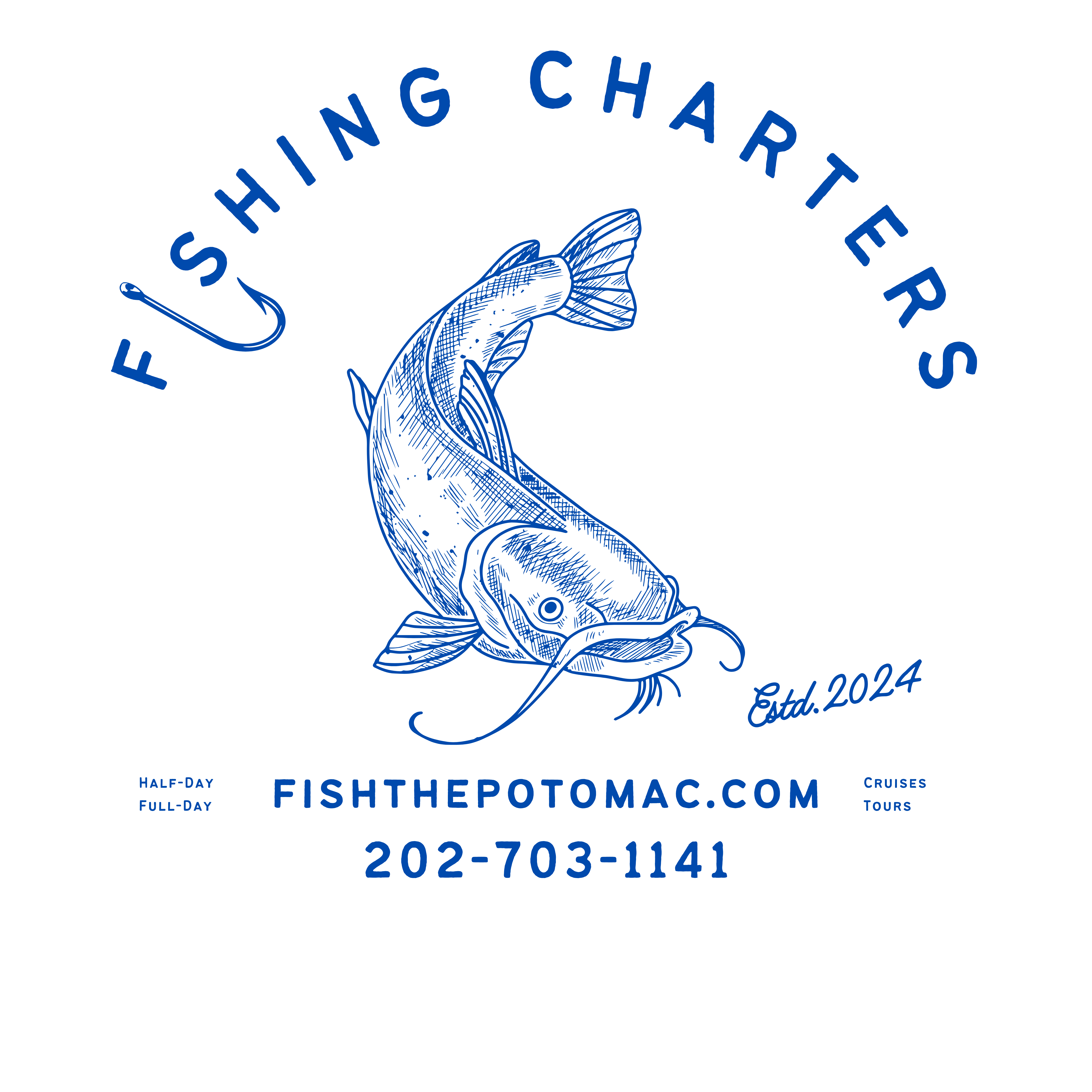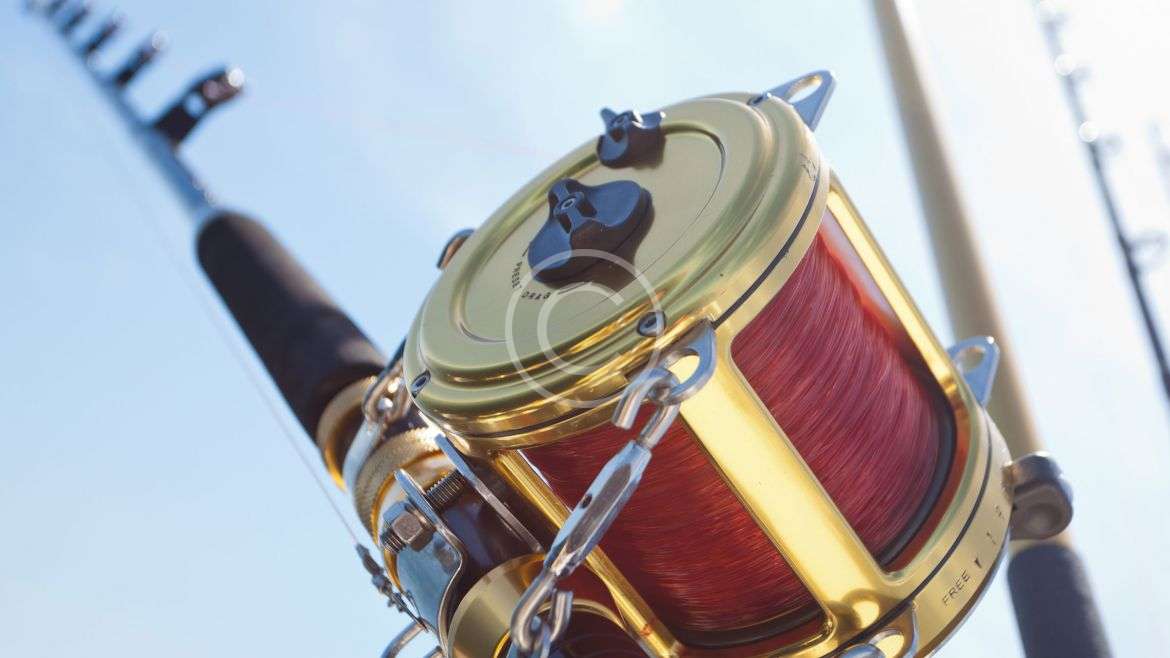Small lures, light line, big rewards — why micro jigging is one of the most exciting and versatile ways to fish the Potomac.
What Is Micro Jigging?
Micro jigging is a light-tackle fishing technique that uses small metal or soft-plastic jigs — usually between 3 to 20 grams — paired with ultra-sensitive rods and braided line to feel every movement underwater.
Originating from Japanese “slow pitch” jigging, this scaled-down version is designed for shallow, structure-rich waters like the Potomac River and Anacostia, where smaller prey fish dominate the food chain.
Micro jigging focuses on precision, finesse, and reaction. Instead of soaking bait and waiting, you’re constantly working the lure to mimic a fleeing or injured baitfish — an irresistible trigger for predators.
Why It Works on the Potomac
The Potomac is loaded with life: perch, smallmouth bass, crappie, juvenile stripers, and catfish all feed aggressively in the mid-column. The light, fluttering motion of a micro jig is perfect for these multi-species conditions.
- 🎯 Accuracy: Cast tight to rock walls, pilings, or submerged timber.
- 🌊 Depth Control: Adjust your jig weight to match current speed and depth.
- ⚡ Reaction Strikes: Fish can’t resist the flash and fall of a well-worked jig.
It’s the kind of fishing that keeps you engaged — every drop has potential.
Essential Gear for Micro Jigging
- Rod: Light to medium-light power with a fast tip (6’6”–7’). Sensitivity is everything.
- Reel: A 1000–2500-size spinning reel with a smooth drag.
- Line: 6–10 lb braided main line with a 6–12 lb fluorocarbon leader.
- Jigs: Metal or tungsten micro jigs (3–20g), or soft plastics on small jig heads.
- Add-Ons: Split rings, micro swivels, and assist hooks can improve hookup rates.
Popular color patterns on the Potomac: silver/blue for baitfish, chartreuse for stained water, and pink for overcast conditions.
Technique 101: The Jigging Motion
Micro jigging isn’t about strength — it’s about rhythm.
- Cast toward structure or drop vertically beneath the boat.
- Let the jig fall — most strikes happen on the drop.
- Work the lure with short, crisp twitches while slowly retrieving.
- Pause frequently. The flutter and fall mimic an injured baitfish.
- Stay ready. Bites are often subtle — watch your line as it drops.
On sonar, you’ll often see fish stacked mid-water. Dropping a micro jig right into that zone can turn a quiet day into a feeding frenzy.
Species You Can Target
- White and Yellow Perch – Perfect for beginners and great table fare.
- Smallmouth and Largemouth Bass – Strike aggressively on jig falls.
- Crappie – Love slow, fluttering presentations.
- Blue Catfish – Surprisingly responsive to metal jigs in deep current.
- Striped Bass (Rockfish) – Chase micro jigs near bridges and ledges.
Micro jigging gives you flexibility — you can fish it from a kayak, pier, or one of our FishThePotomac boats with equal success.
Why We Love It
Micro jigging combines art and instinct. You feel every tick, every bump, and when a fish hits, it’s all adrenaline. It’s the perfect technique for anglers who want to become more connected to the water — and for kids learning to fish, it’s instant engagement.
At FishThePotomac, we often introduce guests to micro jigging during multi-species trips and Kids Fishing Clubsessions. It’s an easy, effective way to experience the river’s diversity — and the thrill never gets old.
Ready to Try It?
Book a charter and let our captains show you how to master this technique on DC’s most dynamic waters:
micro jigging Potomac River, DC light tackle fishing, how to micro jig, perch fishing DC, bass jigging Potomac, multi-species fishing, FishThePotomac techniques, jig fishing basics, fishing tutorials DC.


Leave a reply